Olympic National Park Washington: 1st Time Visitor Guide
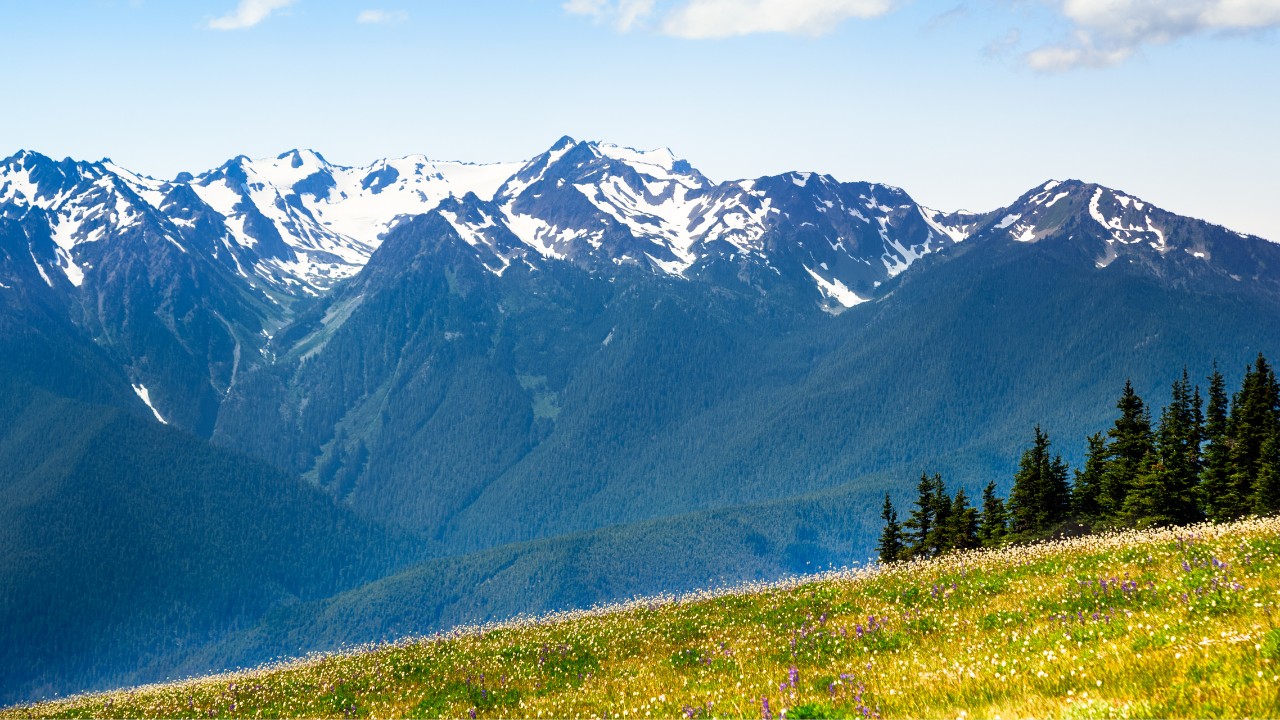
Olympic National Park in Washington State is a true showcase of nature’s diversity. Within a single park, you can walk through lush rainforests, wander along driftwood-strewn beaches, and hike up into snowy alpine peaks. For first-time visitors, this national park offers an unforgettable journey through some of the most dramatic and varied landscapes in the Pacific Northwest.
Whether you’re looking for a scenic drive, a relaxing soak in hot springs, or a challenging backcountry hike, Olympic National Park has something for every type of explorer.
Overview:
Covering nearly a million acres, Olympic National Park is a UNESCO World Heritage Site and International Biosphere Reserve. The park encompasses three unique ecosystems:
-
Rugged Pacific coastline with tide pools and sea stacks
-
Temperate rainforests teeming with moss and ancient trees
-
Snow-covered mountains and subalpine meadows in the Olympic Range
This rare ecological variety makes Olympic one of the most diverse national parks in the country, all accessible within a few hours’ drive.
Best Times to Visit:
The best time to visit Olympic National Park is from June to September when the weather is driest and trails are most accessible. This window is ideal for hiking, wildlife spotting, and enjoying the coast without constant rainfall. However, if you’re after solitude and don’t mind cooler, wetter conditions, the off-season (especially in early spring or late fall) offers a quiet, misty experience with fewer crowds.
Photos:

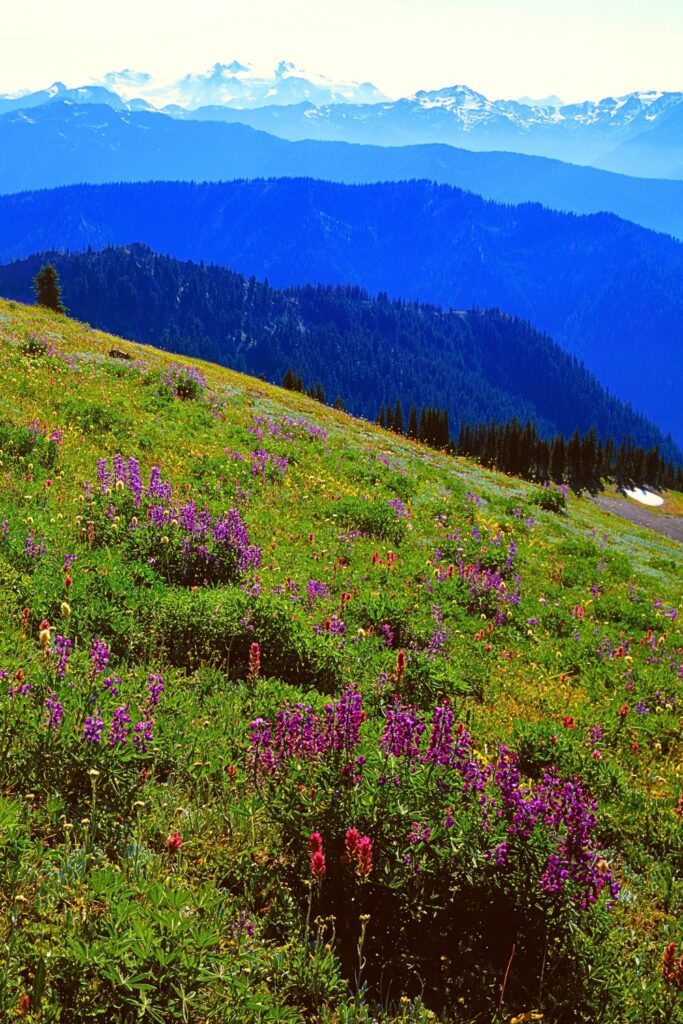
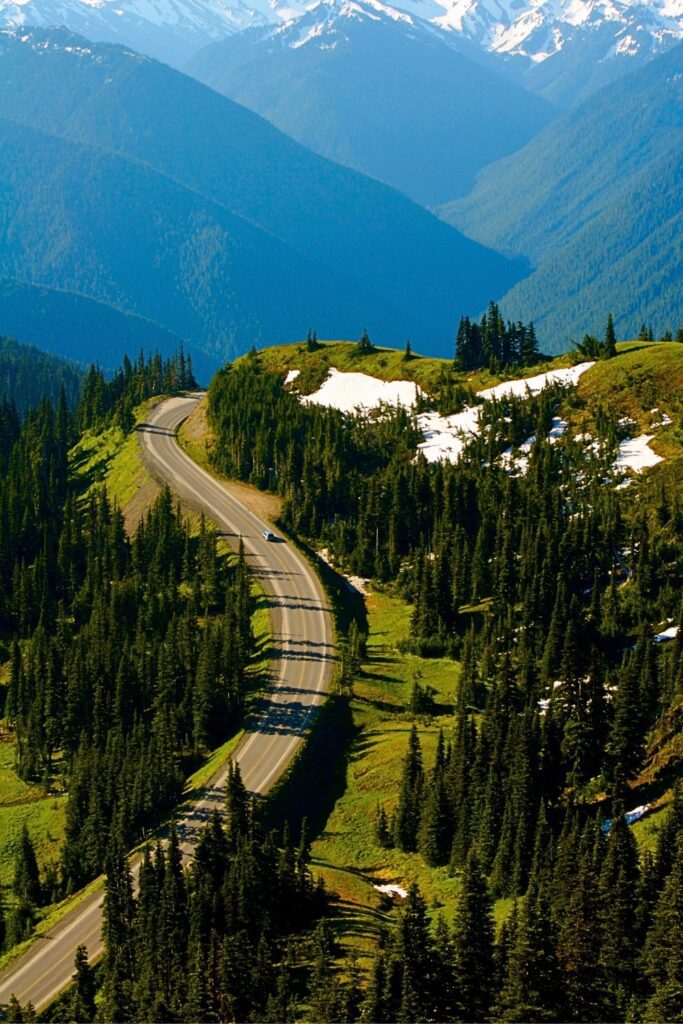



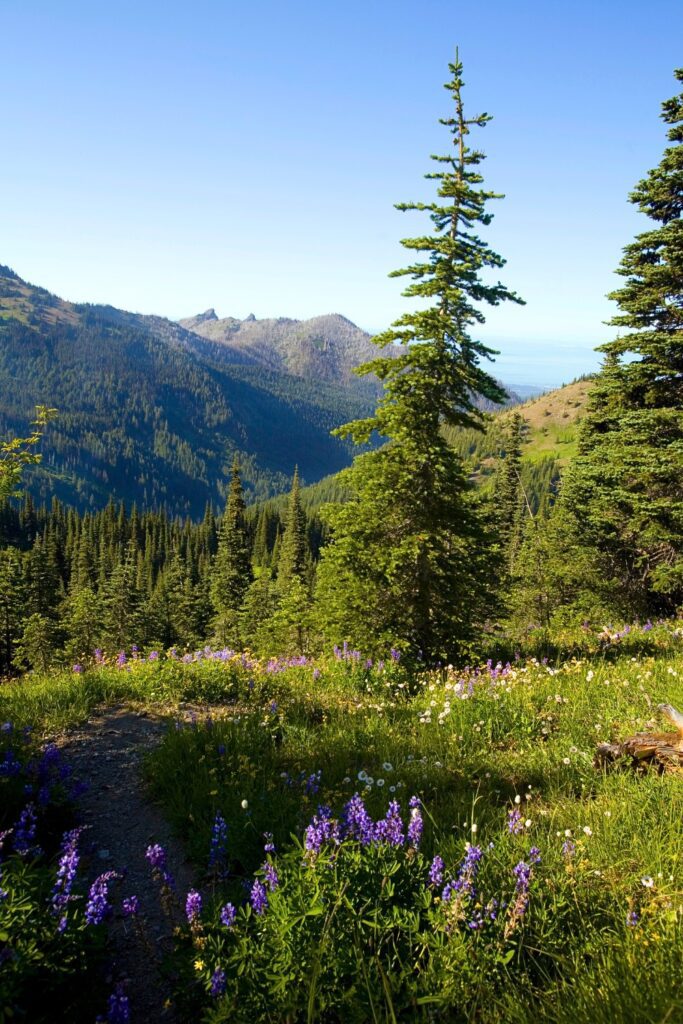
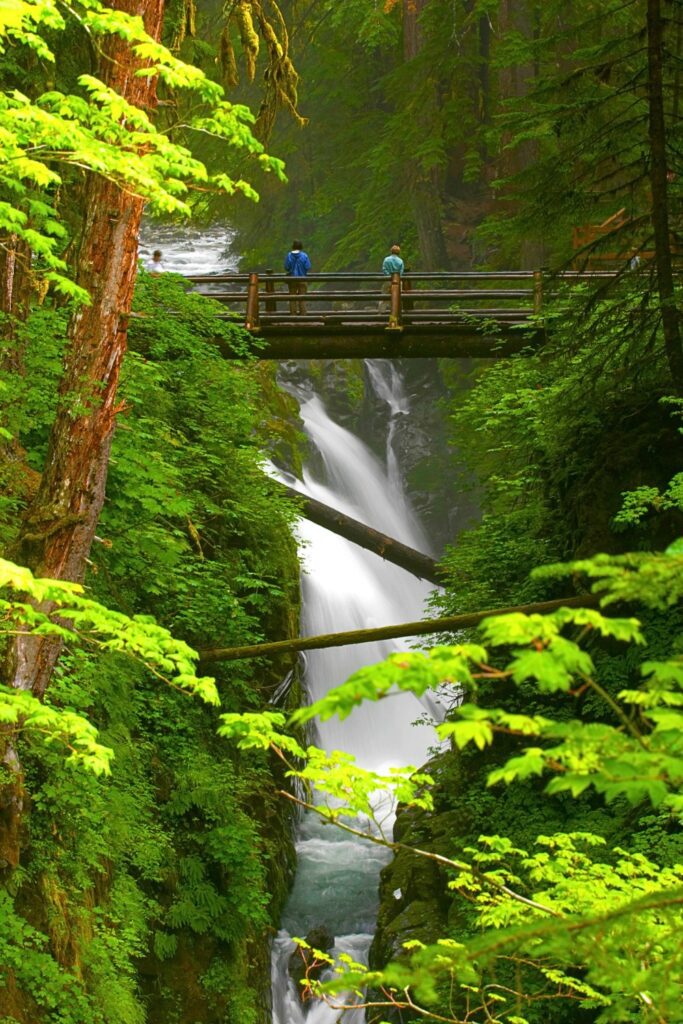
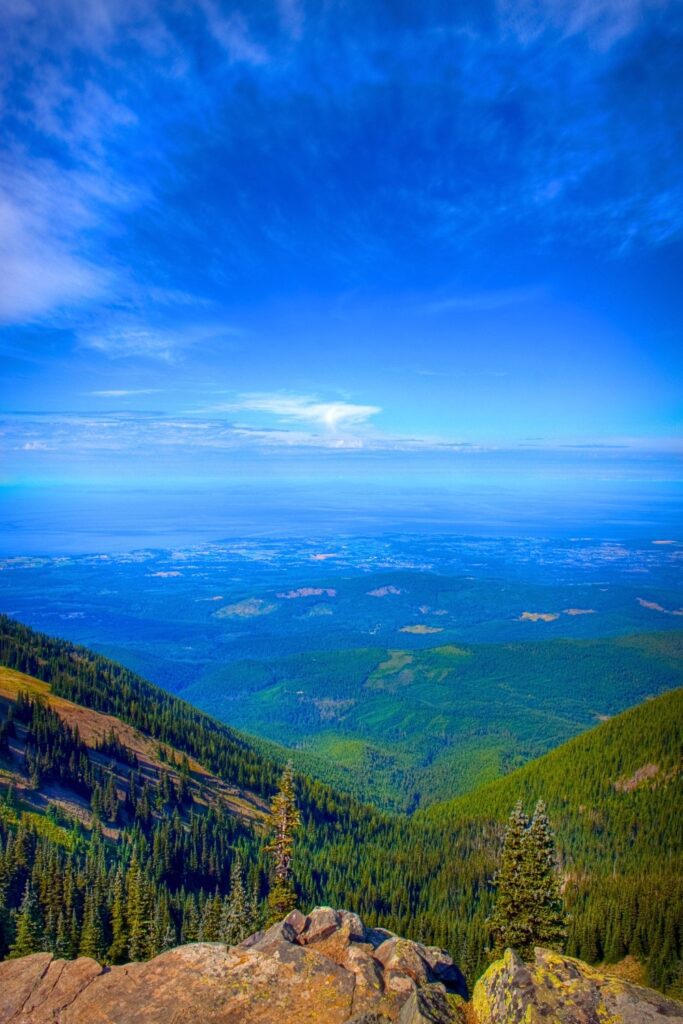
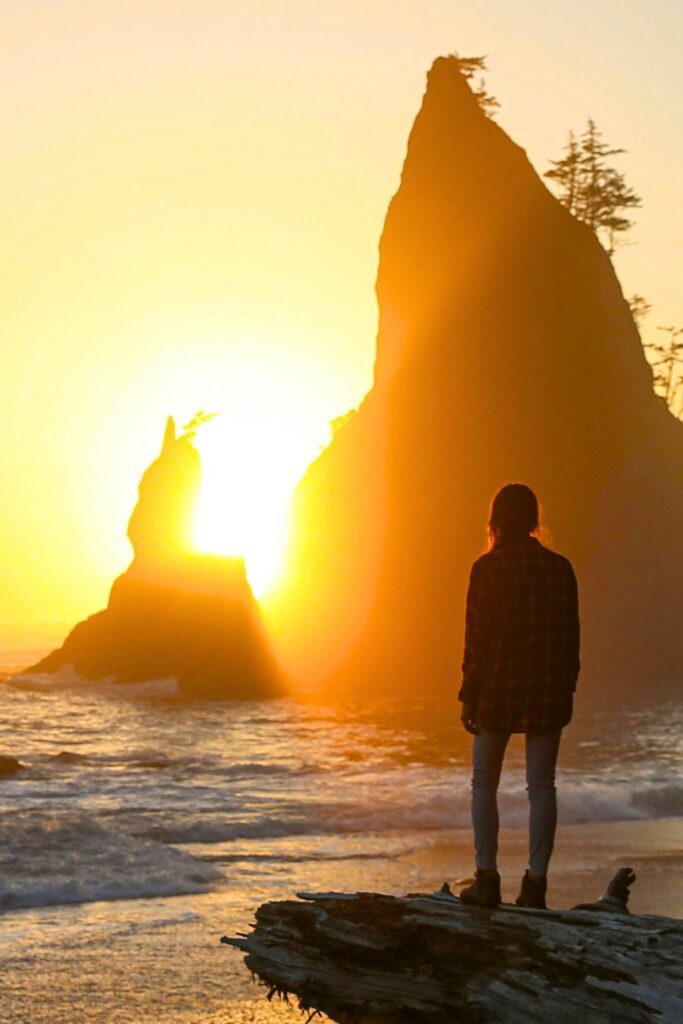
Plan Your Trip
10 Best Things to Do
-
Hoh Rain Forest – Wander under a canopy of green in one of the best examples of temperate rainforest in the U.S. Don’t miss the Hall of Mosses Trail.
-
Hurricane Ridge – Catch panoramic views of jagged peaks and the Strait of Juan de Fuca. Great for both hiking and scenic drives.
-
Ruby Beach – Iconic sea stacks, dramatic driftwood, and sunset views make this a top coastal destination.
-
Sol Duc Falls – A short forest trail leads to one of the most picturesque waterfalls in the park (Sol Duc Falls).
-
Sol Duc Hot Springs – Soak in natural mineral pools surrounded by evergreen forest.
-
Lake Crescent – Lake Crescent is a deep blue glacial lake is perfect for kayaking, swimming, or hiking to nearby Marymere Falls.
-
Rialto Beach & Hole-in-the-Wall – A stunning coastal hike featuring sea arches, tide pools, and rugged cliffs.
-
Tree of Life at Kalaloch – A gravity-defying Sitka spruce whose exposed roots dangle above a shallow cliff, an iconic photo stop.
-
Ozette Triangle Trail – A combination of boardwalk, forest, and beach that offers a taste of all the park’s coastal ecosystems.
-
Drive the Olympic Peninsula Loop – This all day scenic drive wraps around the park, offering access to nearly all major regions and viewpoints. The Olympic Peninsula is full of amazing adventures.
- Bonus: See top visitor recommendations
Best Hikes in Olympic National Park
Beginner Hikes
-
Marymere Falls (1.8 miles round trip) – Easy hike through old-growth forest to a beautiful waterfall (Marymere falls).
-
Hall of Mosses (0.8 miles) – Hall of Mosses is stunning. Here you hike through a short loop through otherworldly rainforest covered in hanging moss.
-
Spruce Nature Trail (1.2 miles) – Flat loop offering a mix of river and forest scenery.
Moderate Hikes
-
Hurricane Hill (3.2 miles) – Paved trail with sweeping mountain and sea views.
-
Rialto Beach to Hole-in-the-Wall (4 miles) – Walk along the rocky coastline to a massive sea arch (one of the top places to visit on the Washington Coast).
-
Mount Storm King (4.1 miles) – A steep, heart-pumping trail with ropes near the top, leading to spectacular views of Lake Crescent.
Advanced Hikes
-
High Divide Loop (19 miles) – A full-day (or overnight) trek past alpine lakes, meadows, and mountain ridgelines.
-
Enchanted Valley (26 miles round trip) – Multi-day hike through glacier-fed rivers and a valley full of waterfalls. Great for experienced backpackers.
- More Olympic National Park hikes.
Hidden Gems in Olympic National Park
While Olympic National Park has many famous spots, it’s also full of quieter, lesser-known treasures that are just as spectacular. Here are a few hidden gems worth exploring:
1. Spruce Railroad Trail
A scenic, flat trail that follows the north shore of Lake Crescent. Recently restored, this trail features tunnels, dramatic lake views, and fewer crowds than other areas. It’s also the trail which leads you to the incredible Devils Punchbowl bridge.
2. Second Beach
While Rialto and Ruby Beach get most of the attention, Second Beach offers tide pools, sea stacks, and a peaceful, secluded feel—perfect for sunset lovers.
3. Graves Creek & Enchanted Valley
A bit of a drive and a hike in, this remote valley is home to waterfalls cascading down towering cliffs, earning its name for a reason. Ideal for backpackers or adventurous day hikers.
4. Bogachiel Rain Forest
Just south of the Hoh Rain Forest, this area offers similar scenery but sees a fraction of the foot traffic. Great for solitude and birdwatching.
5. Mount Walker Viewpoint
Accessible via a short drive (or hike), this overlook on the park’s eastern edge provides panoramic views of Puget Sound, the Cascades, and Mount Rainier on clear days.
1–5 Day Itinerary Samples
Whether you’re visiting for a single day or a full week, here’s how to structure your Olympic National Park adventure:
1-Day Itinerary: Hurricane Ridge & Lake Crescent
-
Morning: Drive to Hurricane Ridge for sunrise and an easy hike (Hurricane Hill).
-
Afternoon: Visit Lake Crescent and hike to Marymere Falls.
-
Evening: Sunset at Salt Creek Recreation Area or Lake Crescent Lodge.
2-Day Itinerary: Mountains & Coast
-
Day 1: Hurricane Ridge + Lake Crescent + Marymere Falls
-
Day 2: Drive to the coast, visit Ruby Beach and hike to Hole-in-the-Wall via Rialto Beach
3-Day Itinerary: Mountains, Forest, Coast
-
Day 1: Hurricane Ridge + Lake Crescent
-
Day 2: Hoh Rain Forest + Hall of Mosses & Spruce Nature Trail
-
Day 3: Rialto Beach or Second Beach + Tree of Life at Kalaloch
4-Day Itinerary: Add Hidden Gems
-
Day 1: Hurricane Ridge + Mount Storm King (optional)
-
Day 2: Lake Crescent + Spruce Railroad Trail
-
Day 3: Hoh Rain Forest + Bogachiel Trail
-
Day 4: Ruby Beach or Ozette Triangle Trail
5-Day Itinerary: Ultimate Loop
-
Day 1: Port Angeles + Hurricane Ridge
-
Day 2: Lake Crescent + Sol Duc Falls
-
Day 3: Hoh Rain Forest + Second Beach
-
Day 4: Kalaloch area + Tree of Life + Ruby Beach
-
Day 5: Ozette Triangle or Enchanted Valley trailhead day hike
Packing List
Clothing:
-
Moisture-wicking base layers (waterproof socks)
-
Warm mid-layers (fleece or down)
-
Waterproof outer layer (jacket and pants)
-
Extra socks and gloves
Gear:
- My Amazon gear list
-
Sturdy hiking boots
-
Daypack or backpack
-
Refillable water bottles or hydration pack
-
Trekking poles (especially for steep or muddy trails)
-
Map, compass, or GPS device
Essentials:
-
Snacks and meals
-
Sunscreen and sunglasses
-
First-aid kit
-
Flashlight or headlamp
-
Insect repellent
-
Camera or binoculars
Where to Stay
Things to Know Before You Go
-
No roads cross the park: Travel between regions often means long drives around the park’s perimeter. Plan accordingly.
-
No cell service in most areas: Download maps ahead of time and consider bringing a GPS.
-
Wildlife safety: Black bears and mountain goats are present. Keep a safe distance and store food properly.
-
Backcountry permits: Required for overnight camping in the wilderness. Make reservations early.
-
Weather can change fast: Always bring rain gear, even on sunny days.
Final Thoughts
Olympic National Park is a rare place where you can experience roaring waterfalls, snow-capped peaks, misty beaches, and ancient forests all in a single trip. It’s the kind of destination that leaves a lasting impression, whether you’re going for a weekend road trip or a backcountry adventure. For first-time visitors, the key is to embrace the park’s variety, prepare for ever-changing conditions, and slow down to truly absorb its wild beauty. Once you visit, you’ll likely be planning your second trip before the first one’s even over.
